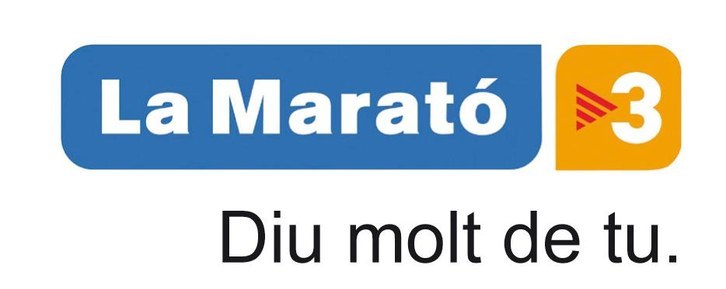The Biomaterials, Biomechanics and Tissue Engineering Research Group has been granted with a research project by the Marató TV3 2011, , which dealt with regeneration and transplantation of organs and tissue
Jun 28, 2016
The project "Treatment of osteonecrosis of the femoral head using advanced cell therapy and biomaterials in a sheep experimental model", leaded by Dr. Màrius Aguirre (Hosp. Vall d'Hebron) and Prof.. Maria Pau Ginebra (BBT-UPC), one of the awarded in the 2011 edition of the Marathon.
In the 2011 edition of the call for projects funded by the Maratón TV3, dedicated to the regeneration and transplantation of organs and tissues, 209 projects were presented and evaluated by 105 international scientists specialists in the field depending on their quality, methodology and relevance.
€ 8,037,384 were granted, distributed for the 29 best proposals, among which was the project "Treatment of osteonecrosis of the femoral head using advanced cell therapy and biomaterials in a sheep experimental model", led by Dr. Marius Aguirre (Vall d'Hebron University Hospital Research Institute) and Prof. Maria Pau Ginebra (BBT -UPC).
The objective of the project is to evaluate the effectiveness of the application of tissue bioengineering techniques and advanced cell therapy, compared to conventional techniques, for the treatment of osteonecrosis of the femoral head in an experimental model in sheep, previously developed by the Hospital Vall d' Hebron. Currently, this disease has no effective treatment, affecting patients relatively young and active, and leading to death of bone tissue and the progressive functional loss and degradation of the joint. Thus, the project studies new therapeutic strategies to stimulate bone regeneration by means of cell therapy in association with biomaterials .
First, the team will cause the disease in an adult sheep. Then, the researchers will compare different treatments, such as the addition of concentrated stem cells obtained from bone marrow, the use of calcium phosphate based biomaterials developed by the BBT, loaded with bone morphogenetic proteins ( BMPs ), or the implantation of bone matrix colonized with mesenchymal stem cells obtained from autologous or allogenic cell cultures at different doses.
In addition to the development of the biomaterials, the BBT will actively participate in the characterization, which will take place after the treatment period. It is planned to study the femoral heads using different imaging techniques and to perform a biomechanical characterization, histologies and immunohistochemistry to evaluate the potential of each bone regeneration treatment.
It is expected that the results have a significant impact on the development of new therapeutic strategies for bone regeneration in osteonecrosis of the femoral head.

Share: